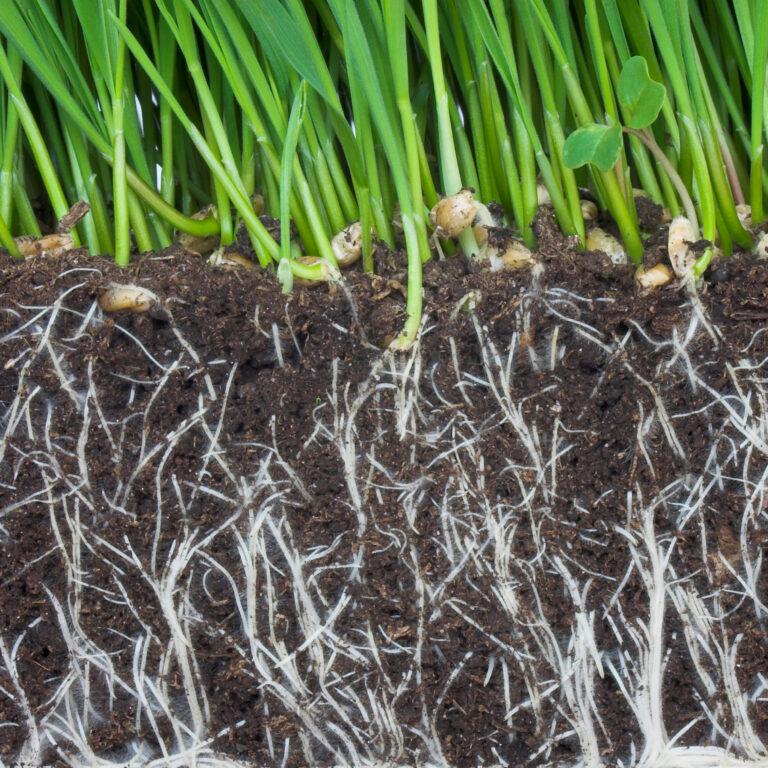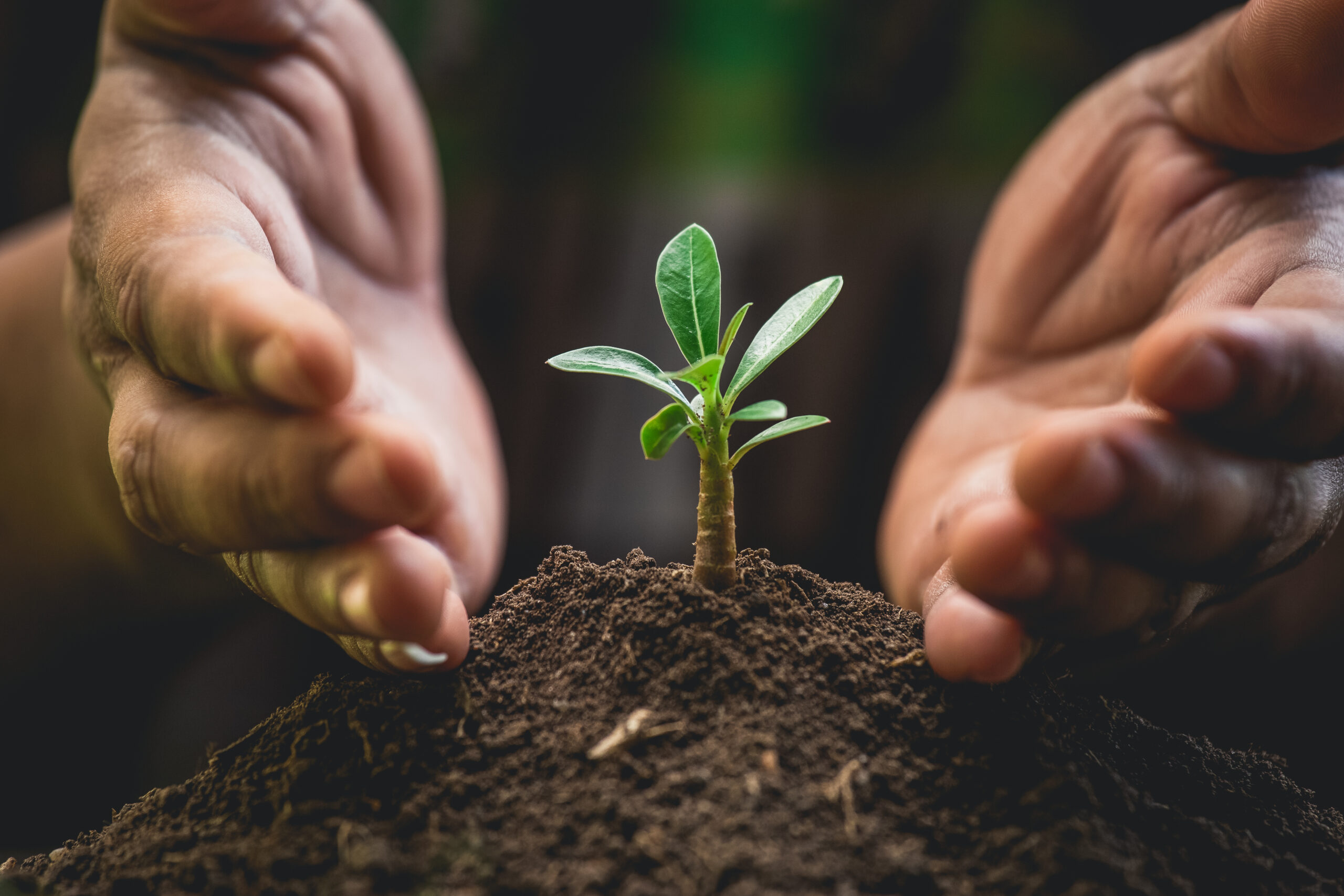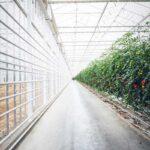Endophytes and the symbiosis between plants and fungi or bacteria have become a hot topic in the Agro-food sector in recent years. It is argued that these endophytic bacteria and fungi make your crop resistant to pathogens and thereby increase crop yield through improved nutrient uptake. In this article we will explain the basic principles of symbiosis.
Although symbiosis has become a wildly popular term because of its benefits, the system we call symbiosis is as old as plants exist on our planet. All the land plants we know today are the result of evolution from algae. It is estimated that the first land plants formed about 450 million years ago from algae from the ocean. These first plant species did not have a deep root network with which to extract nutrients and water from the soil or rock. Research indicates that the first algae were able to survive on land through, among other things, symbiosis with Mycorrhiza fungi. These fungi exchanged assimilates for water and other nutrients with the plant.
Okay, so clearly the process of symbiosis has been fundamental to all life on land.But what exactly is symbiosis? Symbiosis is the collaboration between two or more different organisms that provide each other with substances that add value to the other. Bacteria and fungi that enter into a symbiotic relationship and thereby develop part of their life in the cells of a plant are called endophytes or endosymbionts.Symbiosis in this context is therefore a collaboration between endophytes and their host plant in which a win-win situation is created.
Now that we understand what symbiosis is, of course you want to know what this win-win situation can mean for your crop. Although research related to symbioses has not yet been explored in all its details, there are many results that show that the cooperation between plant and endophyte make the plant more resilient to insects and other pathogens. There are also endophytes that bring about accelerated growth, improved nutrient uptake.
In next month's article, we will discuss what this symbiosis can do for the uptake and use of nitrogen in the plant. Lastly, symbiosis also makes your crop more resistant to abiotic stresses such as drought. Symbioses are collaborations that ensure that the plant survives and flourishes. Our products are aimed at activating and revitalizing these partnerships so that your crop can deliver maximum yield for you. Do you want more information? Contact us now







